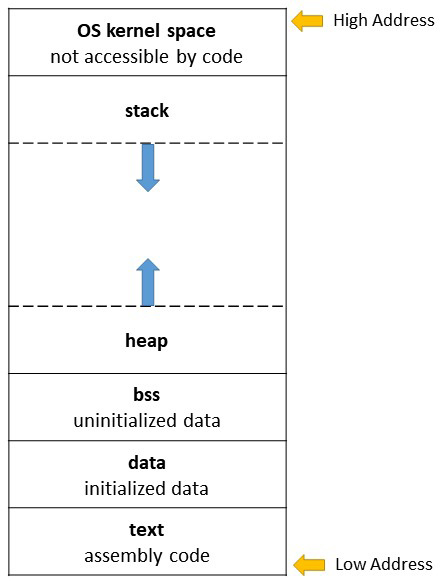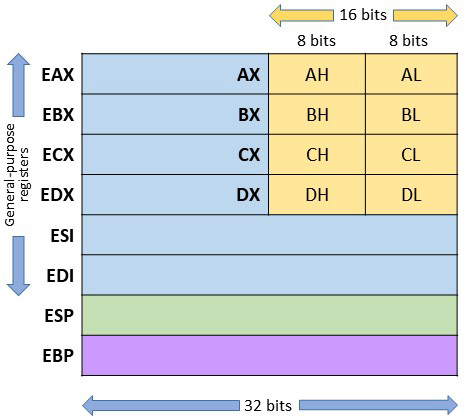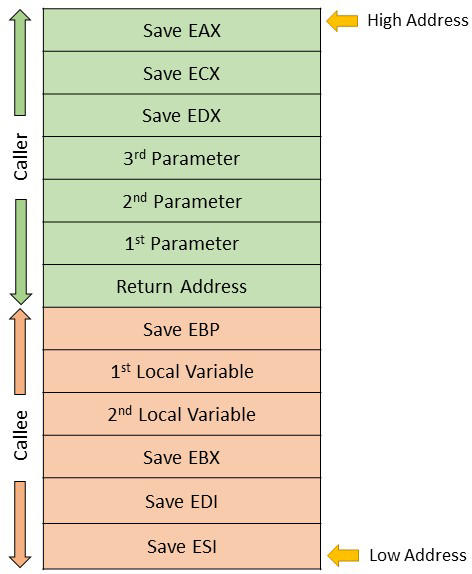
|
stack1.asm |
format PE console include 'win32ax.inc' ;======================================= section '.text' code readable executable ;======================================= start: push 95 mov [A], esp push 73 mov [B], esp push 23 mov [C], esp push 42 mov [D], esp cinvoke printf,"esp after 1st push = %d %c", [A], 10 cinvoke printf,"esp after 2nd push = %d %c", [B], 10 cinvoke printf,"esp after 3rd push = %d %c", [C], 10 cinvoke printf,"esp after 4th push = %d %c", [D], 10 invoke Sleep,-1 ;====================================== section '.data' data readable writeable ;====================================== A dd 0 B dd 0 C dd 0 D dd 0 ;==================================== section '.idata' import data readable ;==================================== library msvcrt,'msvcrt.dll',kernel32,'kernel32.dll' import msvcrt,printf,'printf' import kernel32,Sleep,'Sleep' |
|
Output |
| esp
after 1st push = 917376 esp after 2nd push = 917372 esp after 3rd push = 917368 esp after 4th push = 917364 |

